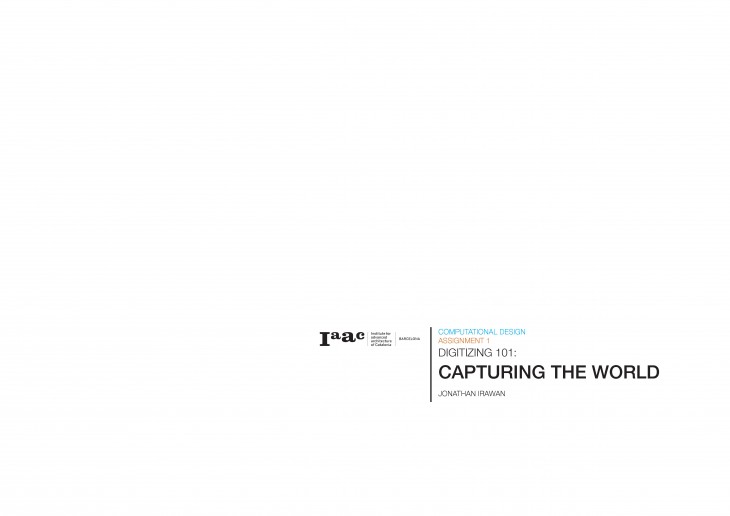
There are many ways to model the real world. Increasingly, we are moving away from attempting to model real world objects based on measuring, describing, and drawing and rather are looking for ways to digitize the object directly. This can be done in a multitude of ways, including laser scanning, time of flight scanning, and photogrammetry. For this exercise we will use photogrammetry to digitize a real world object and use that as a basis for modelling a clean model in Rhino.
Photogrammetry is the science of making measurements from photographs, especially for recovering the exact positions of surface points. Moreover, it may be used to recover the motion pathways of designated reference points located on any moving object, on its components and in the immediately adjacent environment. Photogrammetry may employ high-speed imaging and remote sensing in order to detect, measure and record
complex 2-D and 3-D motion fields (see also sonar,radar, lidar etc.). Photogrammetry feeds the measurements from remote sensing and the results of imagery analysis into computational models in an attempt to successively estimate, with increasing accuracy, the actual, 3-D relative motions within the researched field.
In order to facilitate this process, we have used
Autodesk’s 123D Catch software which aids in stitching the images together and creating a 3d model.
01// Choose a metro station to go to. Everyone must choose a unique metro station. Send an email to rodrigo.aguirre@iaac.net to claim your station.
02// Choose an urban element to digitize. This can be any element you see in the city, cars, bikes, benches, trees, trash cans, mailboxes. The more complex, the better. This should be a unique element from the area. Urban elements which are found all over Barcelona (Benches, Chairs, etc,, unless unique) are not eligible.
03// Take a series of images around the subject to capture the details from all sides.
04// Use 123D Catch to create a 3D model from the images. Ensure your 3d model matches the real object. This will take some fine tuning of the stitching process.
05// Export the generated model
06// Import the model into Rhinoceros 3D.
07// Use the imported model as a guide for modelling a clean object with Rhino Surfacing tools.
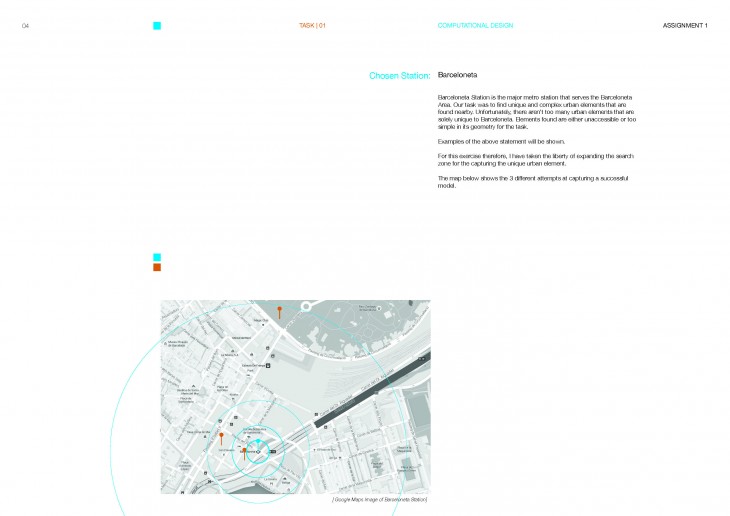
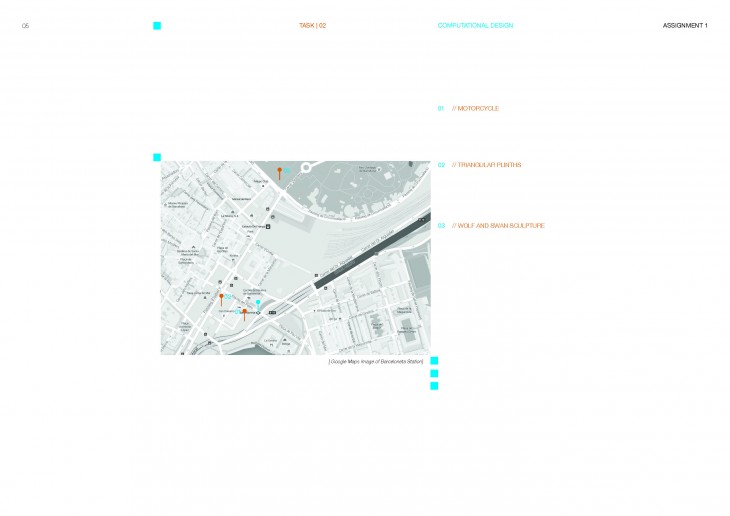
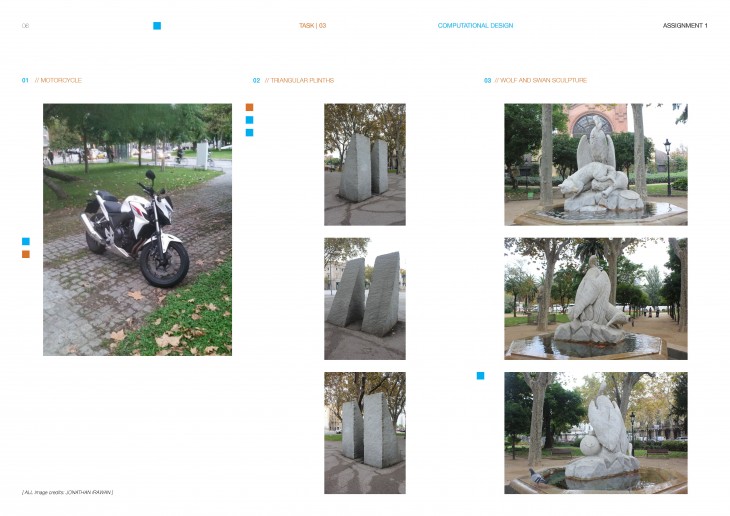
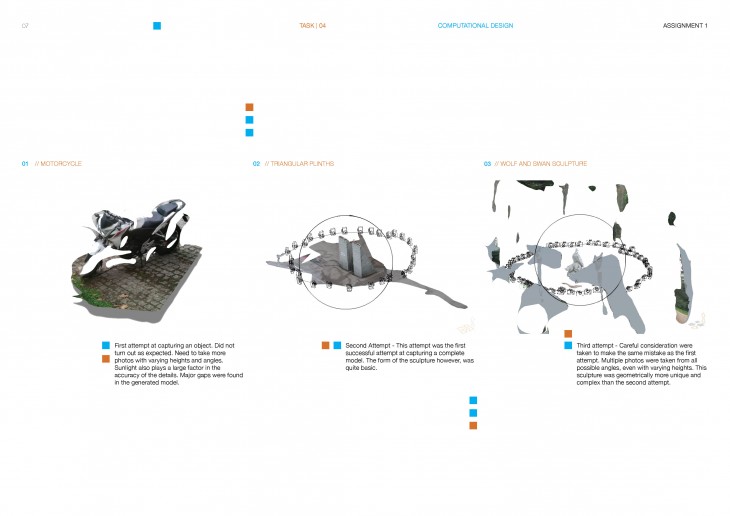
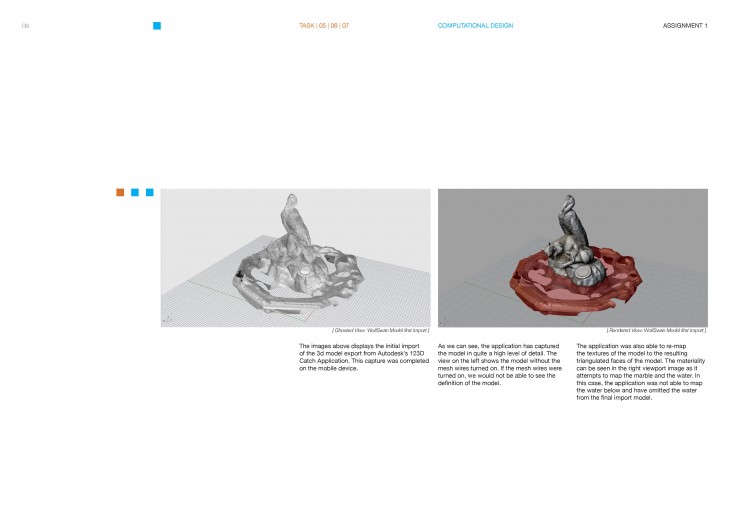
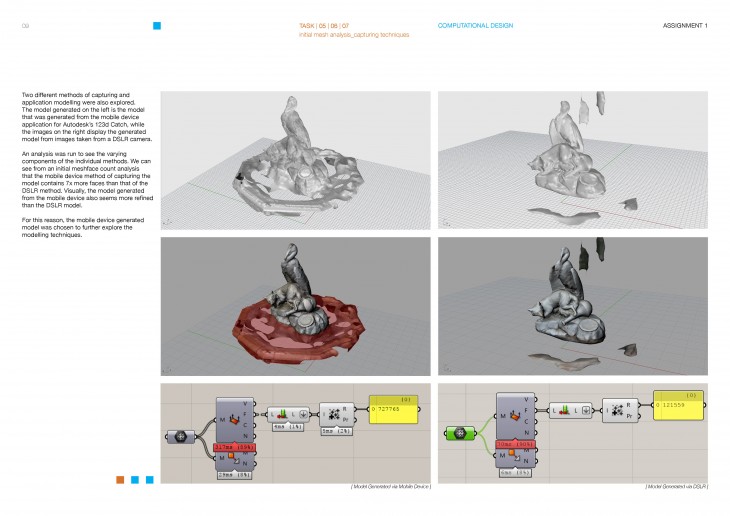
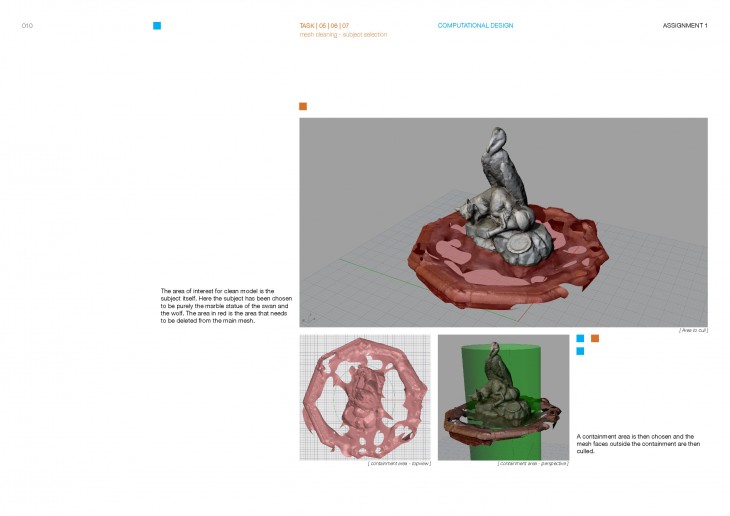
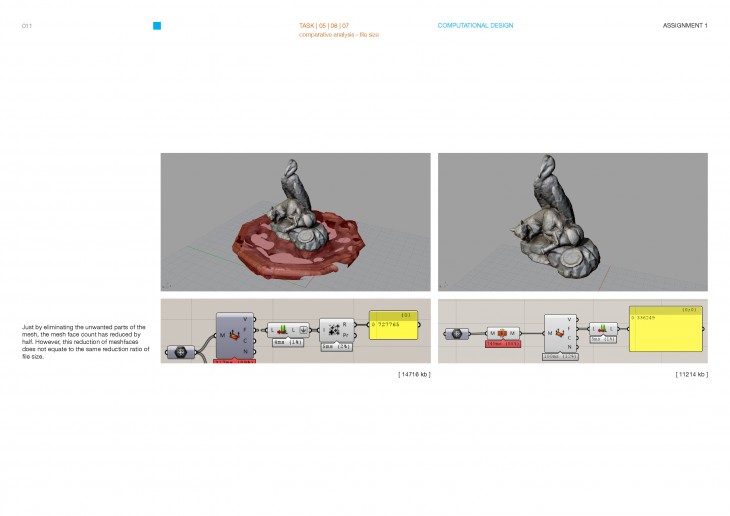
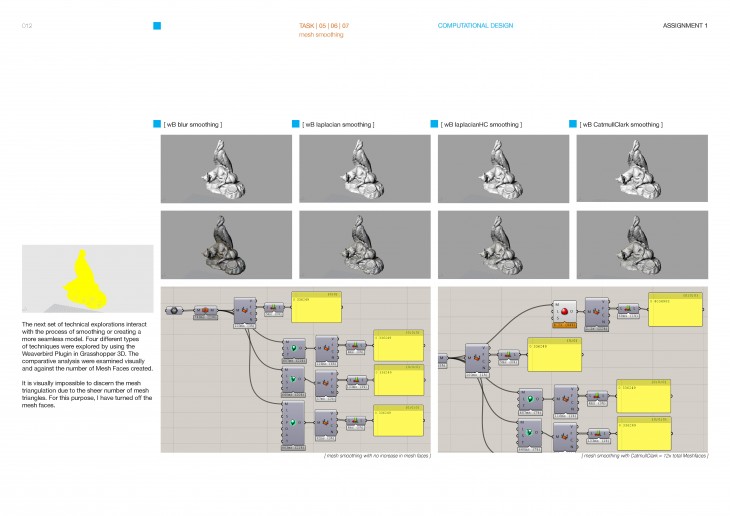
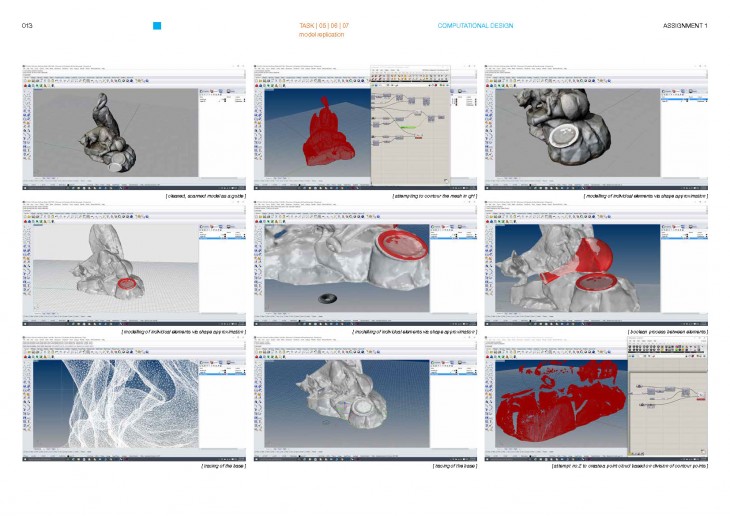
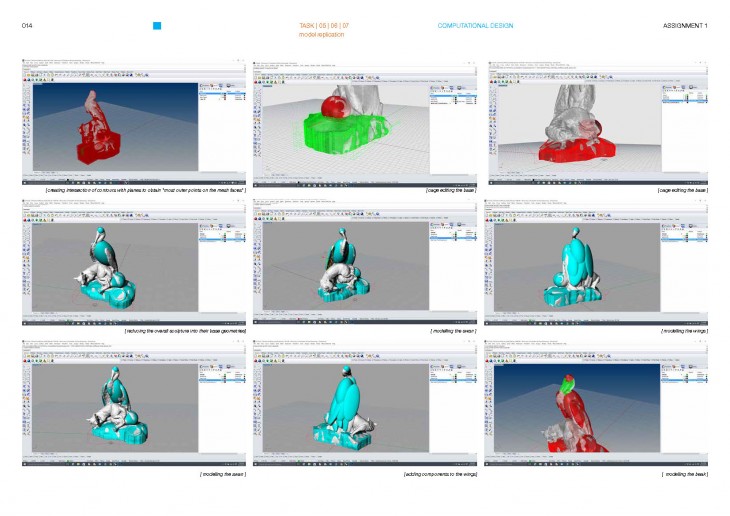
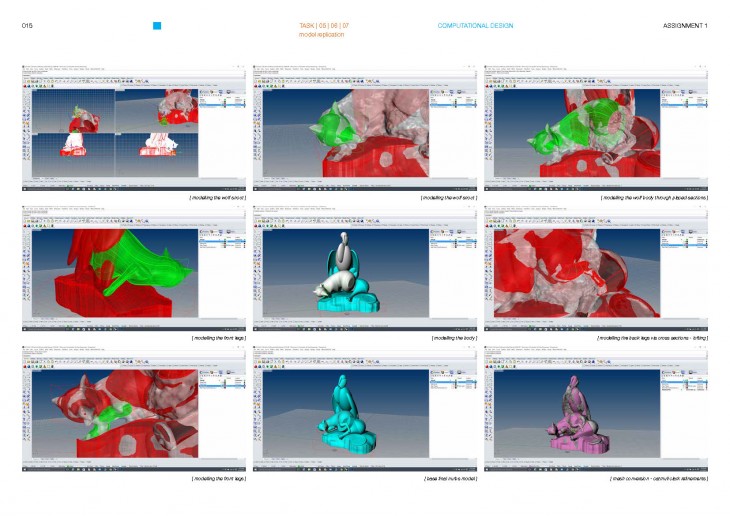
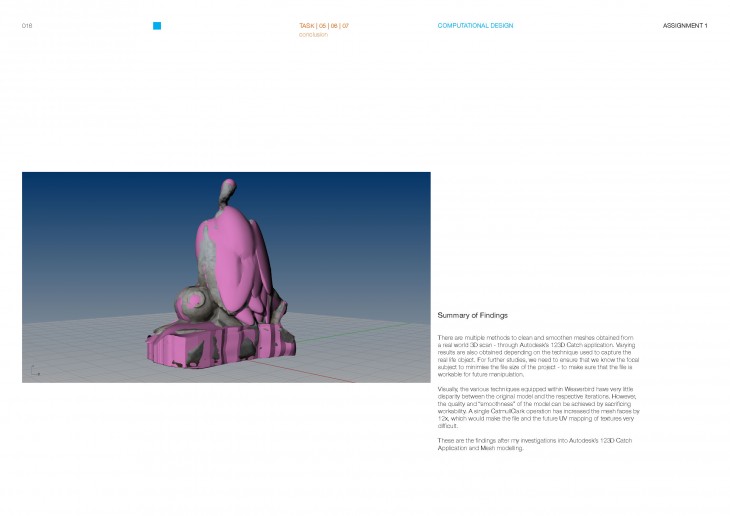
There are multiple methods to clean and smoothen meshes obtained from a real world 3D scan – through Autodesk’s 123D Catch application. Varying results are also obtained depending on the technique used to capture the real life object. For further studies, we need to ensure that we know the focal subject to minimise the file size of the project – to make sure that the file is workable for future manipulation.
Visually, the various techniques equipped within Weaverbird have very little disparity between the original model and the respective iterations. However, the quality and “smoothness” of the model can be achieved by sacrificing workability. A single CatmullClark operation has increased the mesh faces by 12x, which would make the file and the future UV mapping of textures very difficult.
These are the findings after my investigations into Autodesk’s 123D Catch Application and Mesh modelling.
Computational Design – Digitizing 101 – Capturing the World is a project of IaaC, Institute for Advanced Architecture of Catalonia developed at Master in Advanced Architecture 1(MAA01) in (2015-16) by:
Students:
- Jonathan Irawan
Faculty:
- Luis Fraguada
- Rodrigo Aguirre